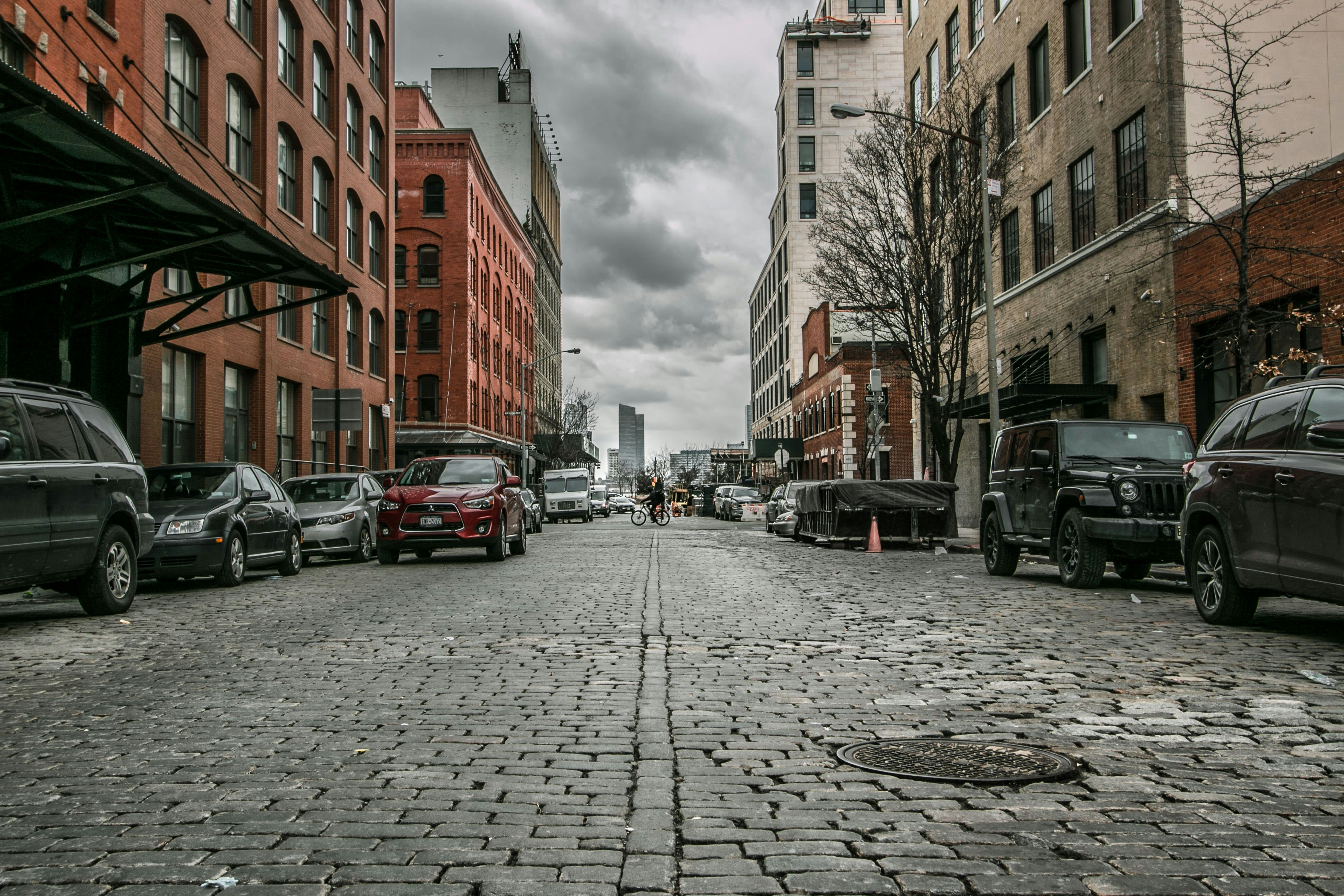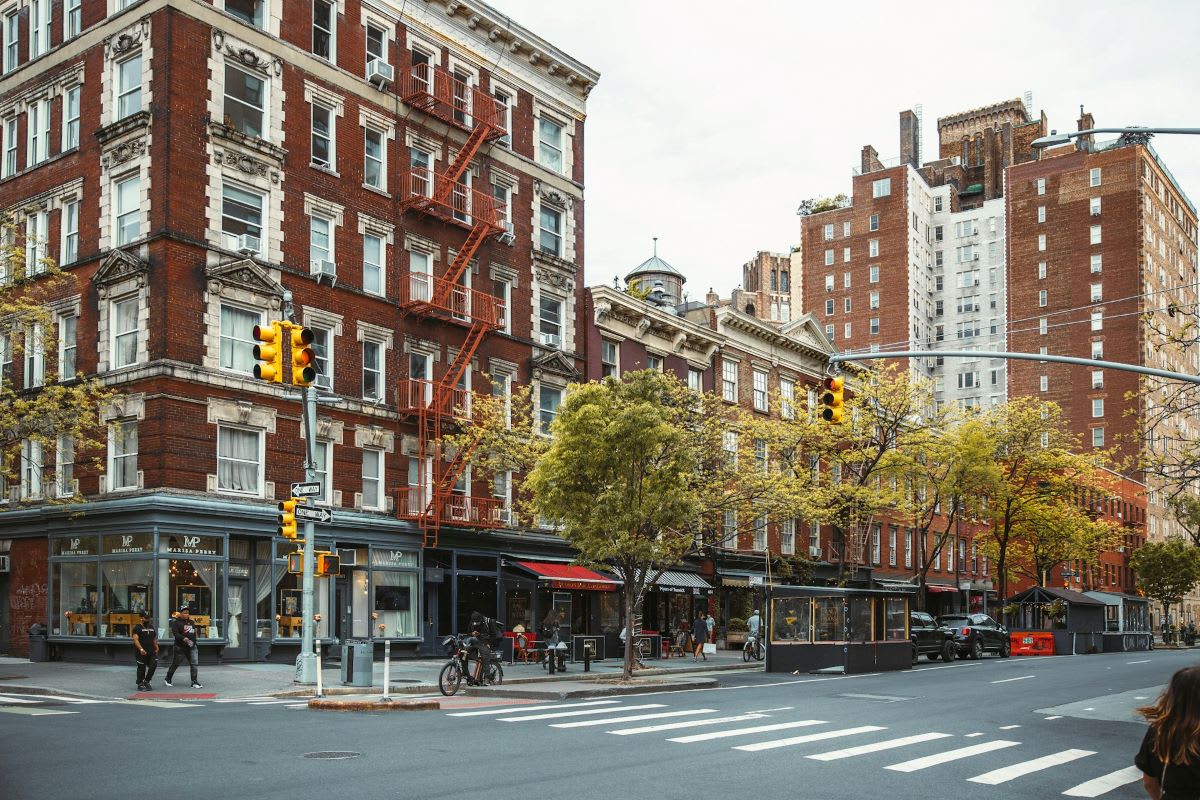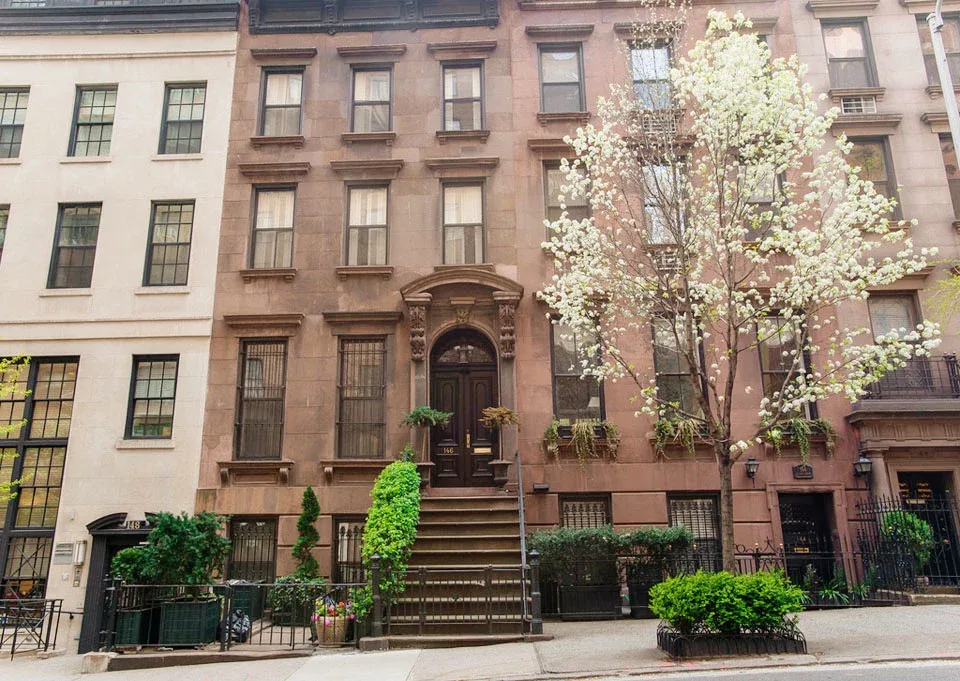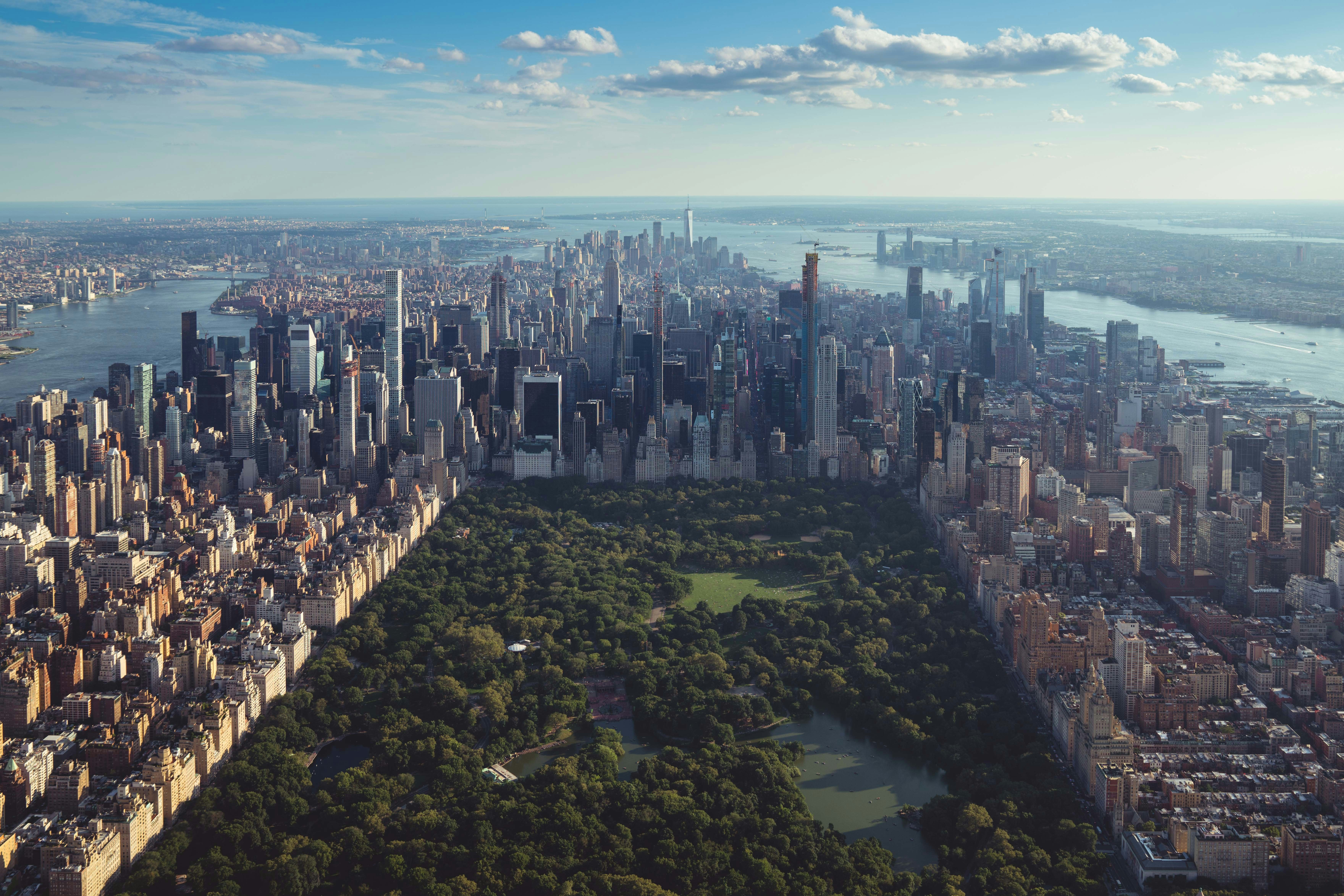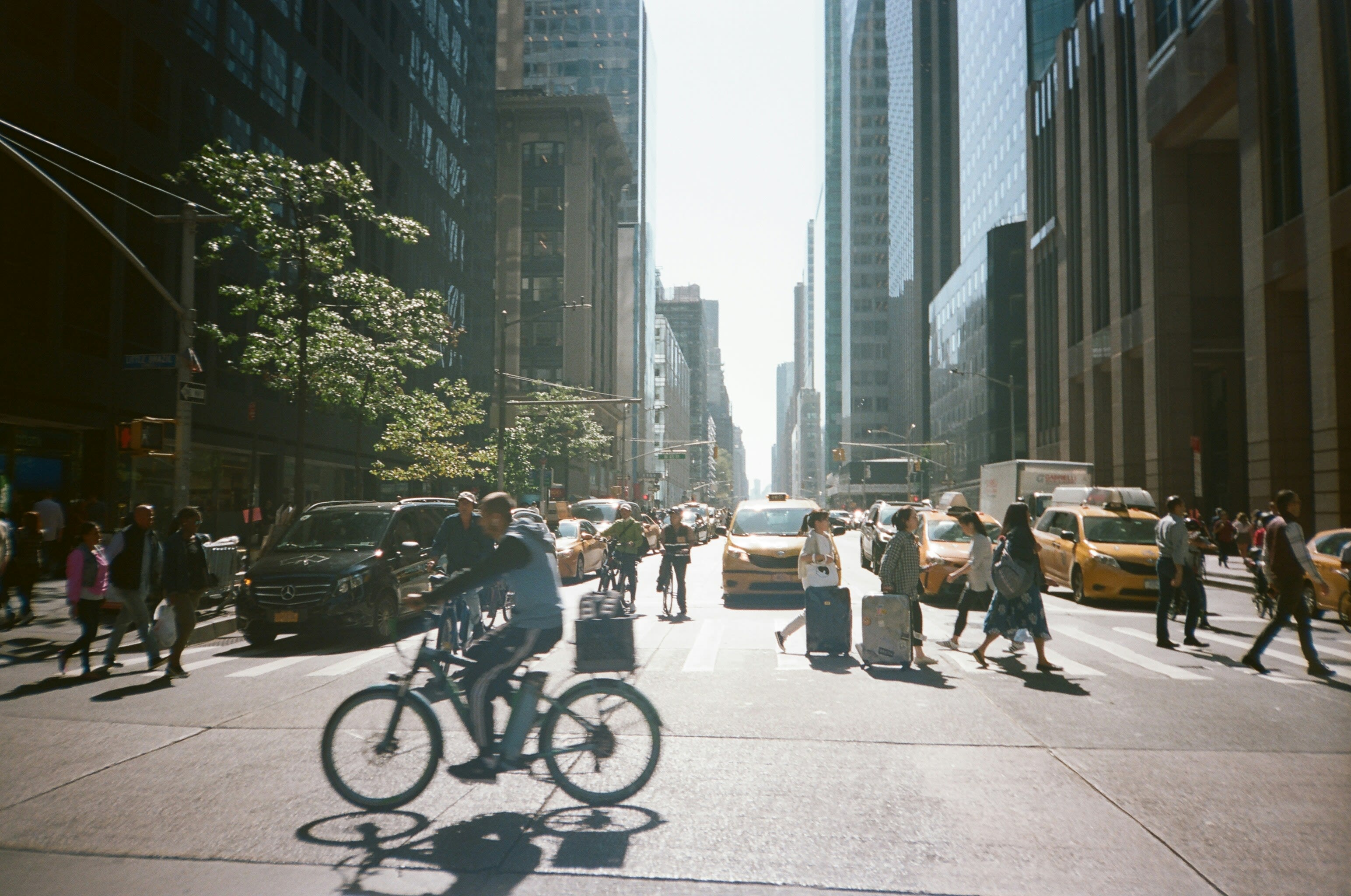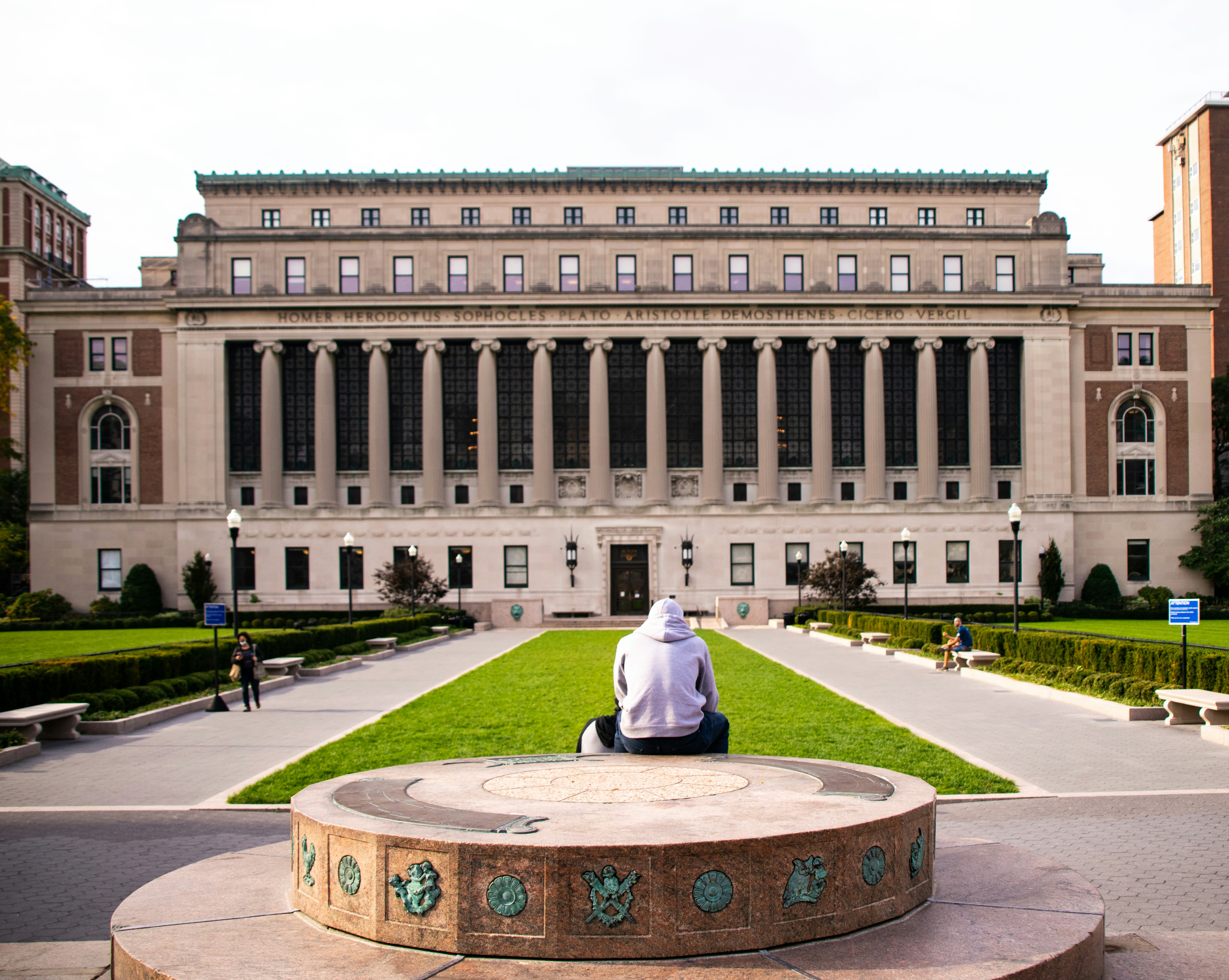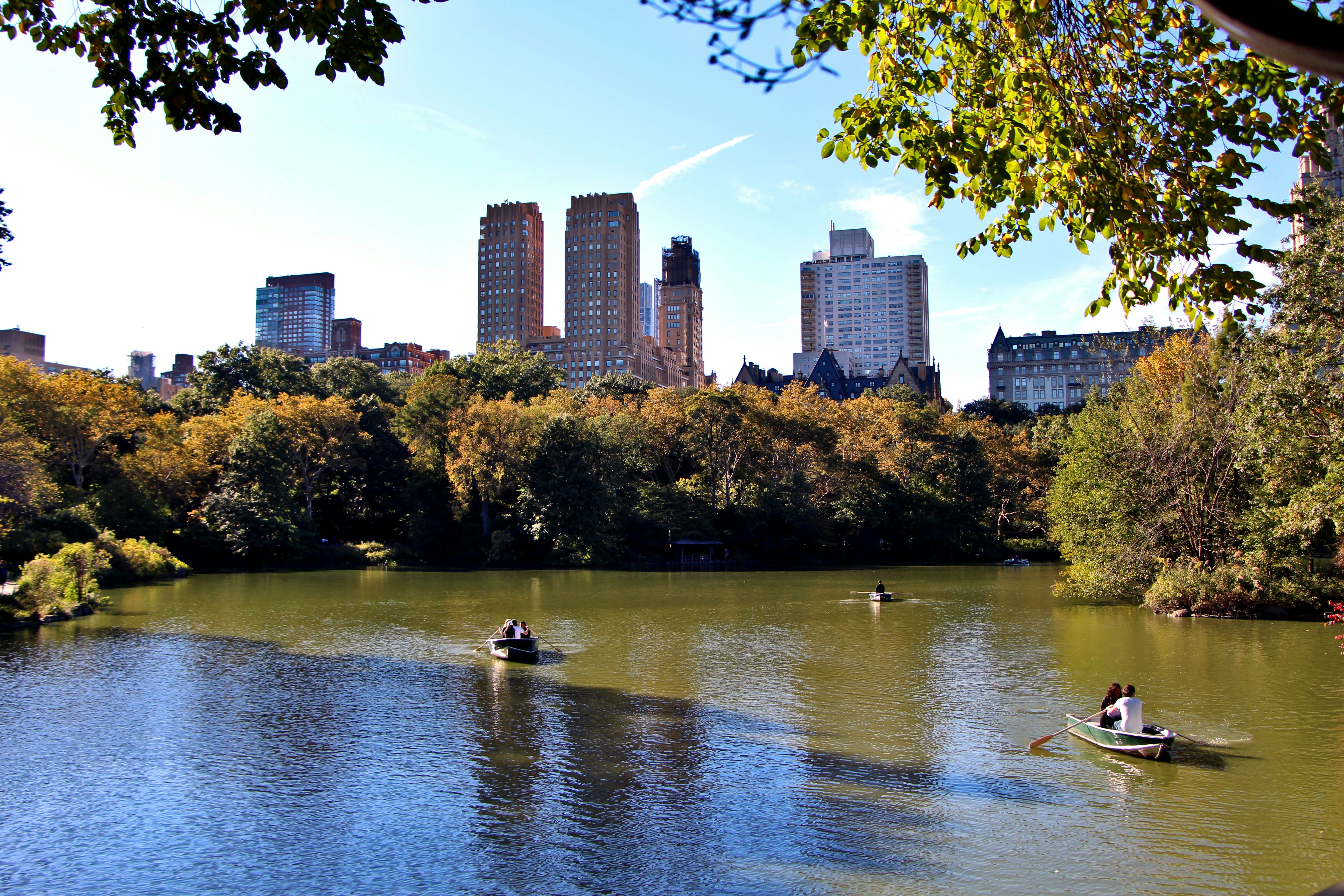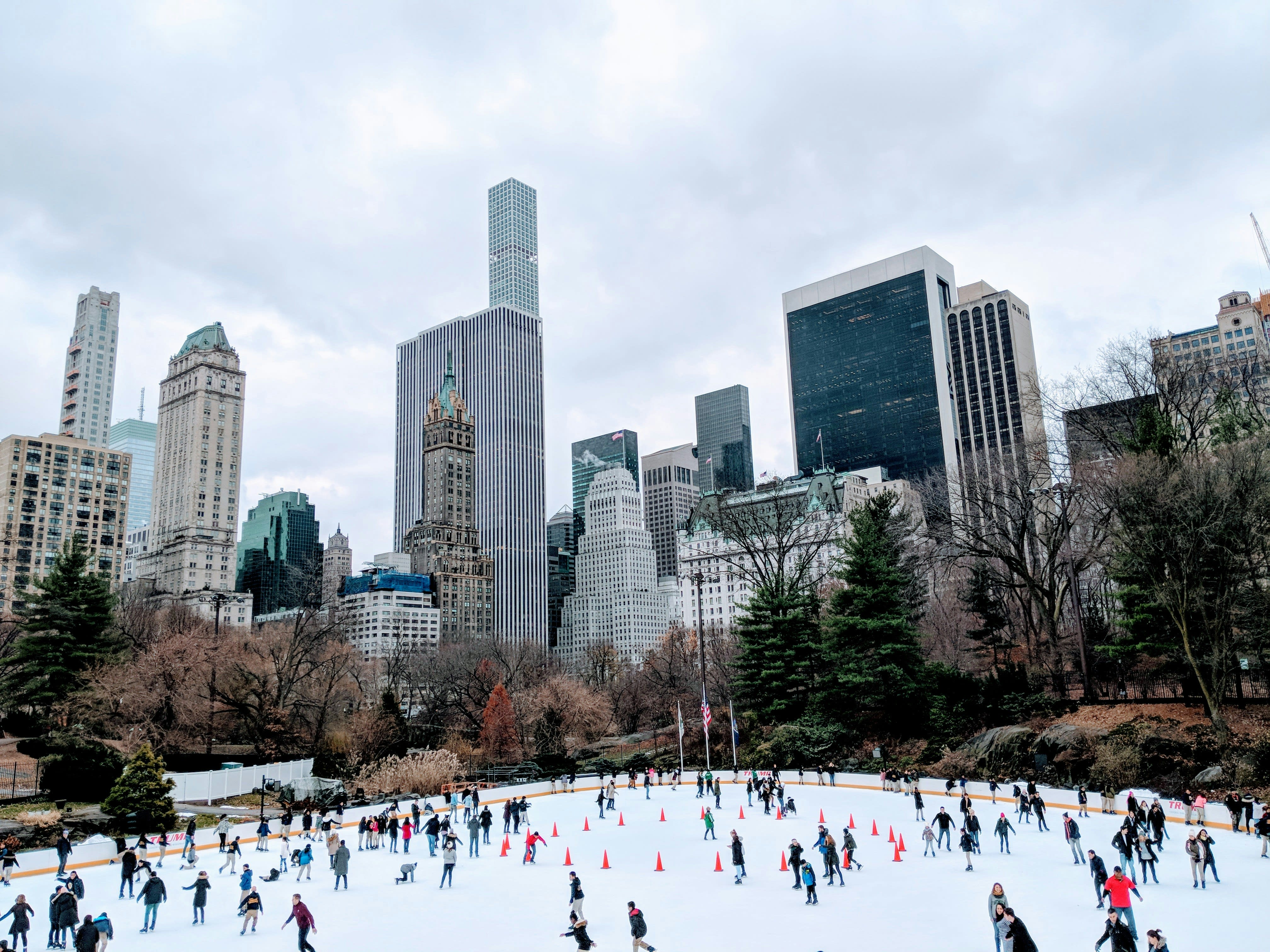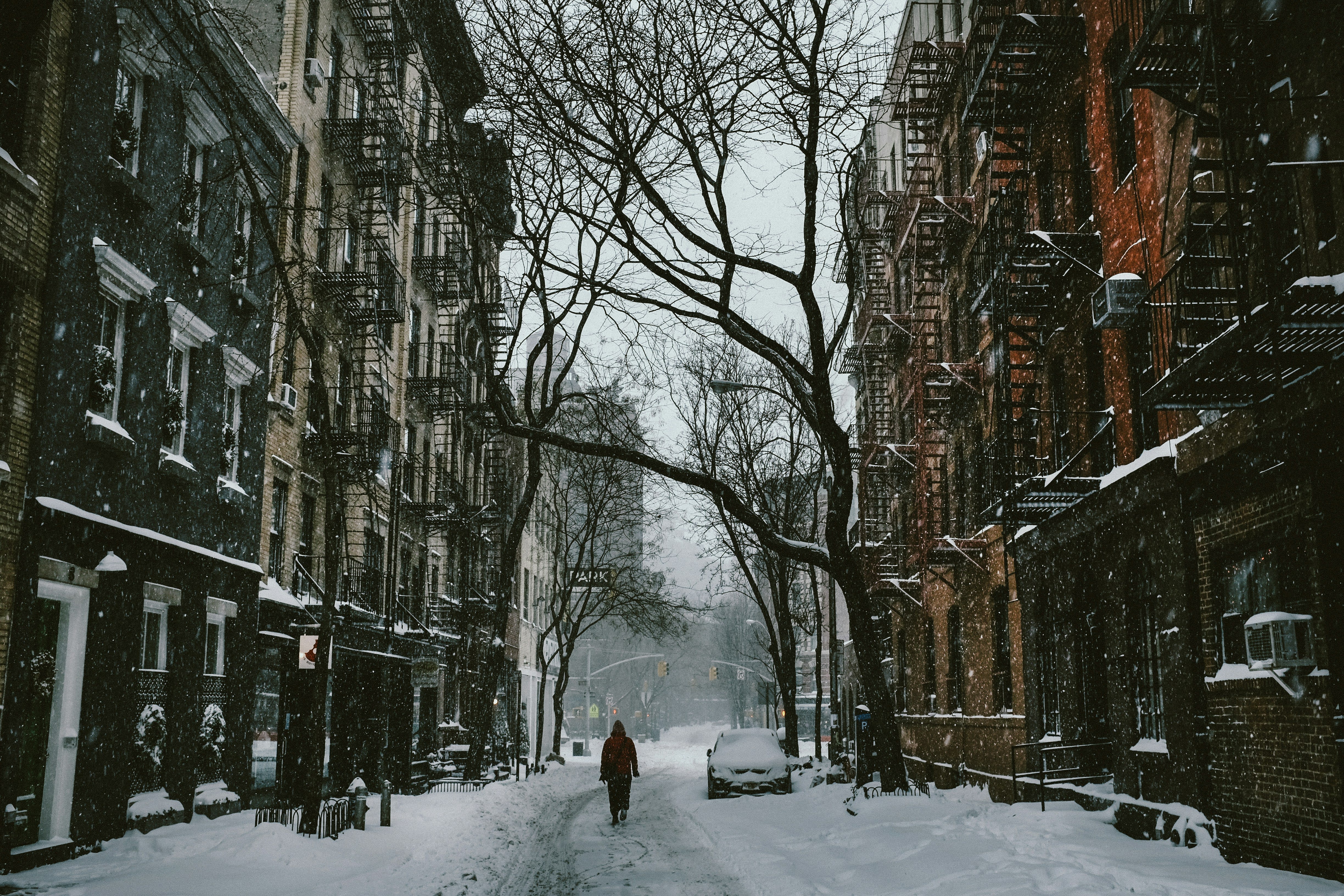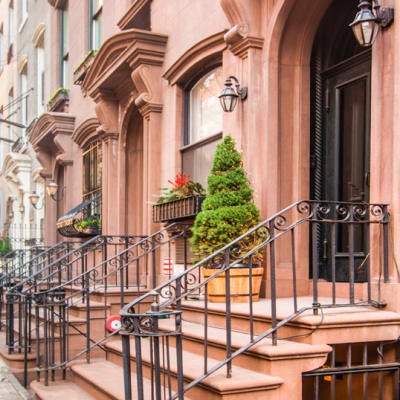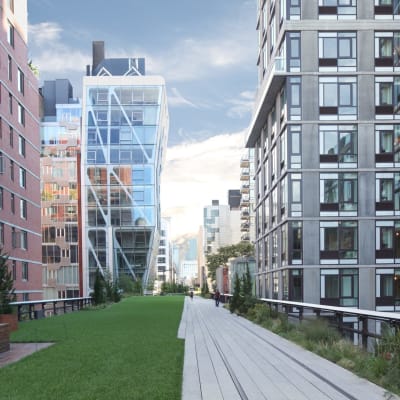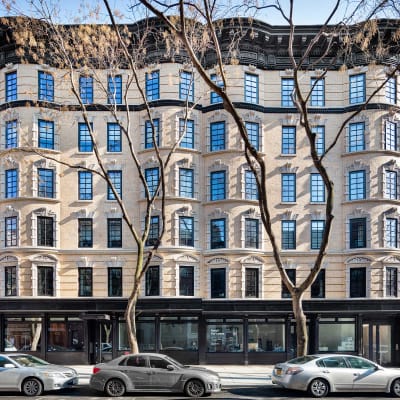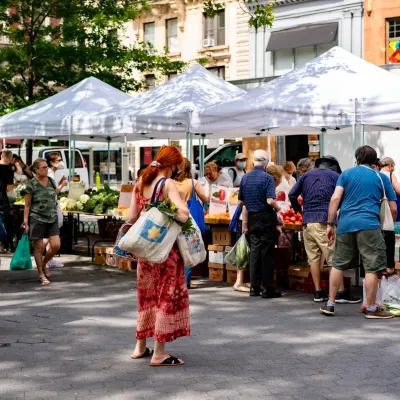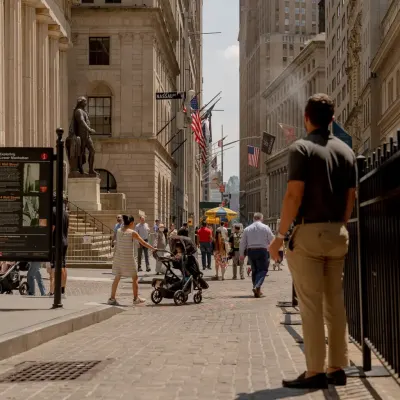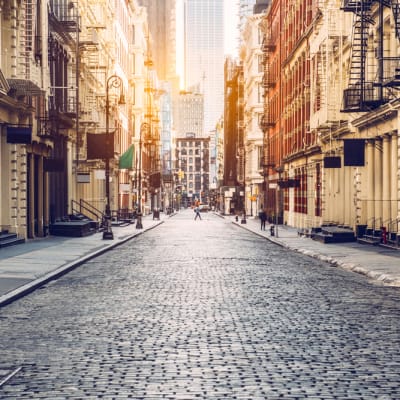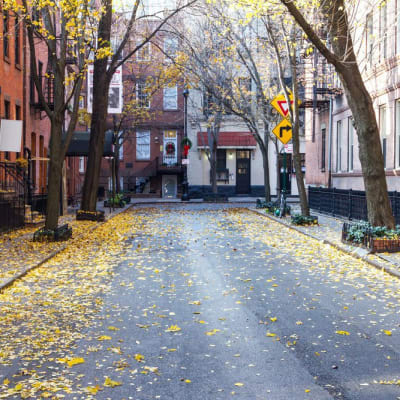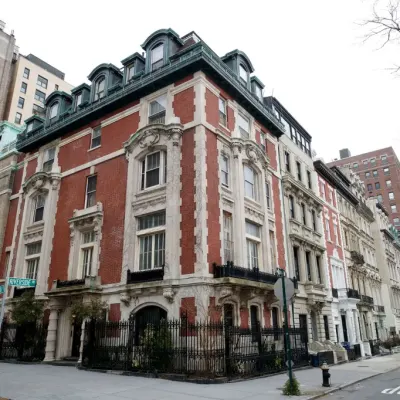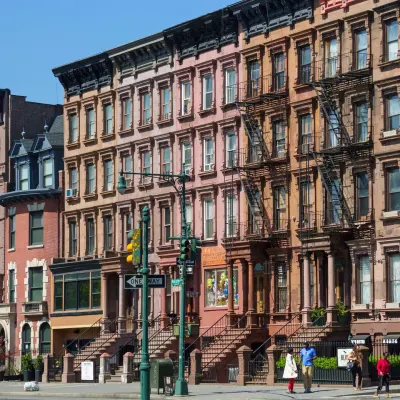Living in New York City / Manhattan, New York
The Fearless One
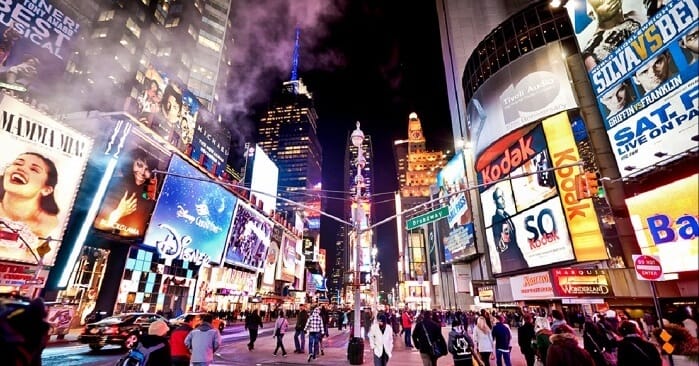
LookyLOO Review of New York
Big Lights Will Inspire You
In the words of the bard: “This city has no chill”. And we mean that in the best of all possible ways. Living in Manhattan is like being at the center of the world, the fountain from which art and culture springs. Manhattan is ambitious, it's full of life, and it feels like it's pushing you towards something great. There’s always going to be something to do, no matter what you’re interested in. Manhattan offers anonymity for the introverts, and an endless stream of interesting people to meet for the extroverts. Oh, and the food’s better.
One of the harder parts of living in New York is the fact that for many the ratio of days where you enjoy the madness vs. days where you're getting smacked, is out of balance. This might improve if you work from home, but for the most part, you either learn to live with the challenges or find ways to escape. If you're from the ‘burbs, Manhattan will feel dirty, crowded, and loud, so if you need wide open spaces live near Central Park, or consider Queens.
We highly recommend visiting NYC and staying in the community in a VRBO rather than a hotel to get a feel for living among the locals. You can also receive discounted travel fares via our partnership with Expedia.
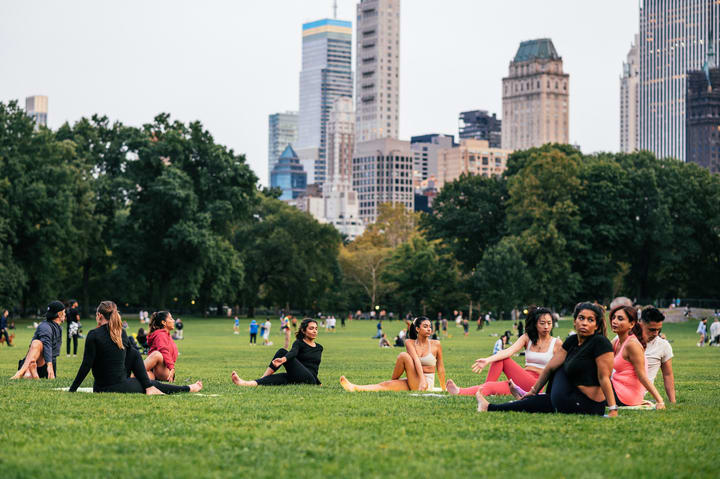
Lifestyle in New York
There are so many variations of lifestyles available in New York that it seems silly to isolate them into a single description. For many though, it works like this -- you live in a tiny, 650-foot or so square-foot apartment and pay around $4k in rent. This is typical in much of Manhattan unless you rent in a four-story walkup or with lots of roommates.
The city is loud. Noise is everywhere -- traffic, beeping horns, subway trains, sirens, loud people. It takes a while to get used to. The city works hard. People put in long hours through high-paying exec-type jobs or multiple jobs/gigs to make ends meet. With all due respect to LA and SF, the diversity here is different. Over 800 languages are spoken in tight quarters, and the dress, habits, and food are from every world culture. Celebration of every walk of life extends to the LGBTQ+ community. For more, check out the LookyLOO list of the most LGBTQ+-friendly cities in the U.S.
NYC is the safest large city in the US and one of the safest large cities in the world. Most people walk around Manhattan anytime night or day, and feel safe. Oh, and it is a walking city. Very few people own cars and if you can't walk you take a train. The trains aren't beautiful but they go everywhere.
People go out. Alone or with partners, or with friends. People don't have friends “over” very often, because apartments are so small. You meet in restaurants, bars, parks, etc.
Speaking of parks. They're everywhere. Union Square. Washington Square, little Stuyvesant Park, Madison Square, they're everywhere and amazing places to rest and be entertained. And of course, there's the greatest city park in the world, Central Park. Locals spend full days here walking and eating going to the zoo, skating, or bird-watching, and being entertained for free. Water. NYC is surrounded by water so rivers and beaches are everywhere for walks and views.
Hate to get into a brawl with other major cities, but cultural opportunities in NYC are unmatched. Incredible museums like The Met, MOMA, Natural History, the Whitney, & the Guggenheim, it's endless. Not in the mood for a big museum? Wonderful small galleries are also all over the island—oh, and world-class opera, symphony, dance, and theater.
Check out the LookyLOO list of other top art-center cities in the U.S. if that's your vibe!
On top of all this, you're on a short train (or ferry ride) to four other amazing boroughs.
To see the insanely wonderful things there are to do in NYC, check out the calendar of events.
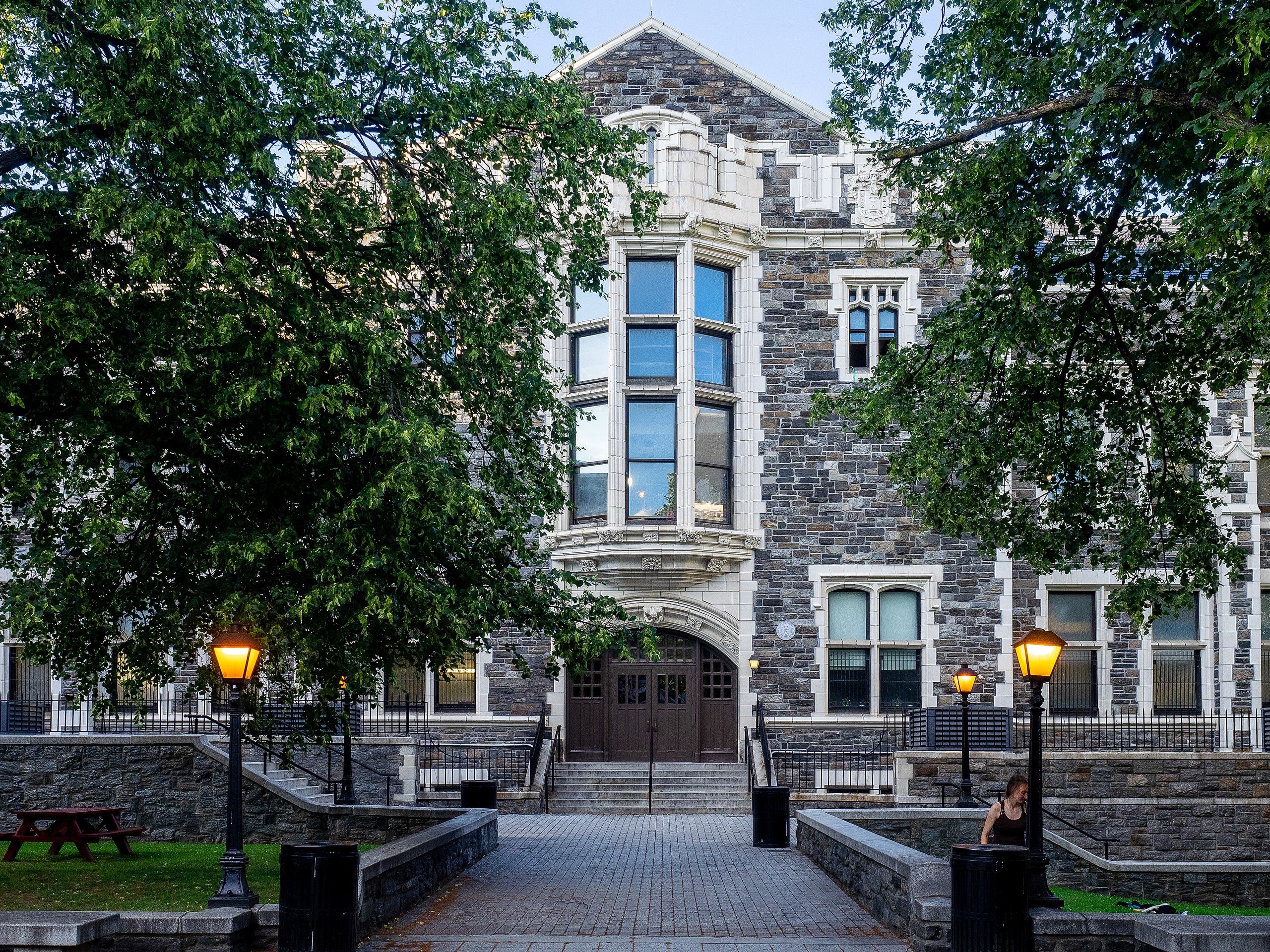
HSMSE at CCNY
Schools in New York
Elementary schools in the NY Public School System are zoned, so can always go within your geo zone. In some districts these schools are amazing and in others, they can be weak, so for sure talk to locals and look at scores and reviews on sites like niche.com. There are “community” schools that are not zoned but give you priority if you are in the district, and then there are gifted and talented programs.
Middle School is entirely district-based And, there are several special needs and advanced programs.
HS is a cluster system right now, it used to be grades and state test scores had some effect on admissions for the top high schools, but now it’s a strict lottery draw. You can audition to get into one of the Arts schools or take the SHSAT and go to one of 9 specialized high schools, like Stuyvesant.
Generally speaking, the classmates at your kid's elementary and middle school live in your neighborhood, but their high school peers could be from anywhere. If your kiddos attend one of the specialized high schools their friends will come from Queens, Staten Island, Brooklyn, and the Bronx.
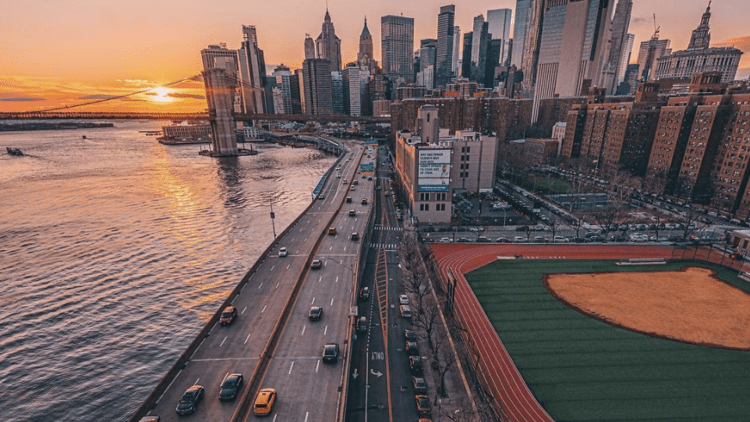
Why You Should Move Here Now?
YOLO
As crazy as it may seem, not living in NYC once in your life is a bit like never skydiving. Billions of people choose not to but wouldn’t you rather be one of those that took your shot? You’ll never know if Manhattan isn’t for you until you live here. If you can embrace the vibe of the city, it will embrace you back.
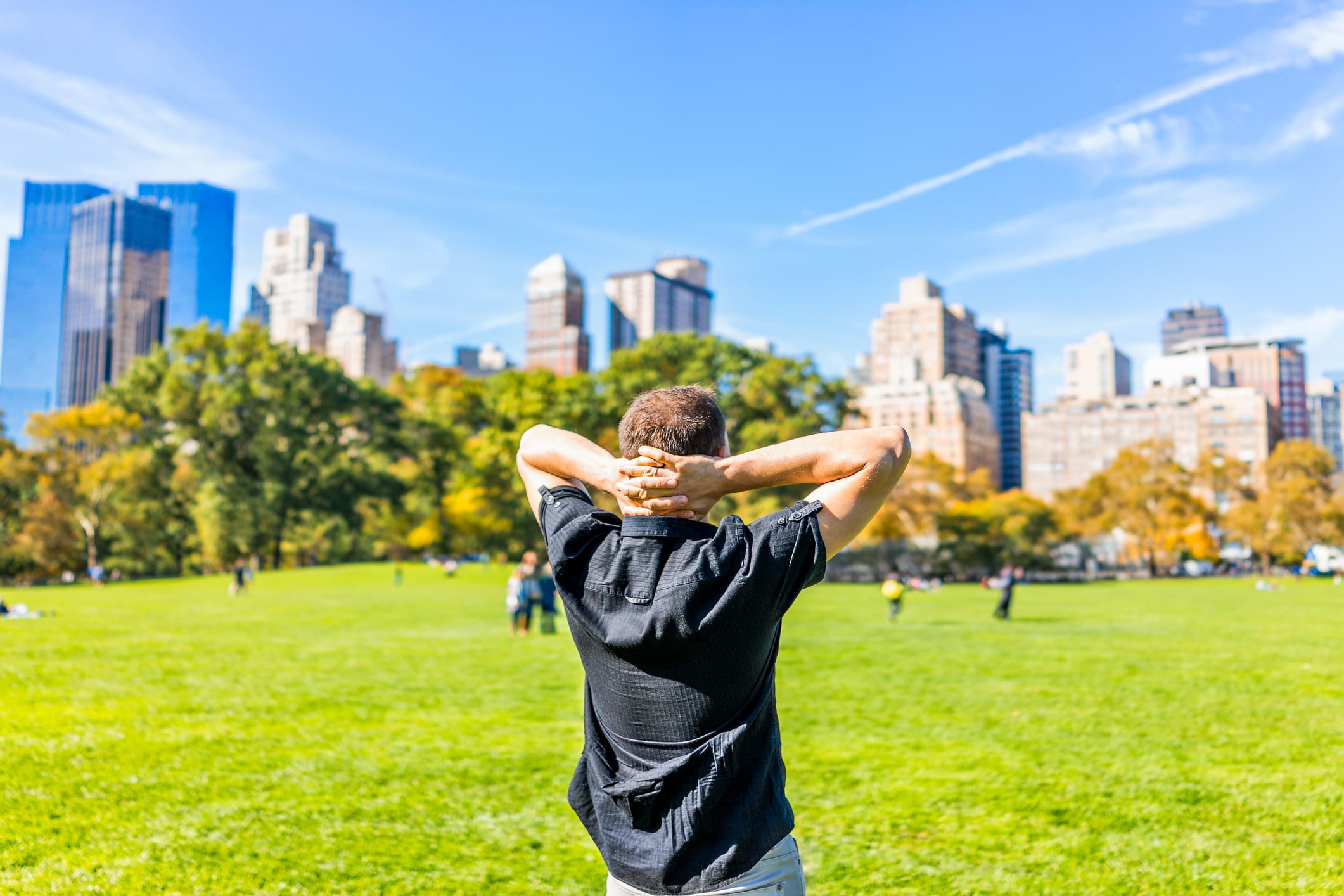
Reviews of New York from Locals
c_bells
Living in NYC
Updated 1 yr
★★★★★
My favorite thing about NYC is actually getting to see people live their lives all around me. Because we aren't car-dependent, people are out-and-about. It provides a great energy. Also, not everyone is living the same life.
I remember being a teenager in the suburbs and feeling so depressed noticing the way everyone and everything was so predictable -- people driving to work or school at 8am, then deadness, then a bit of activity around lunch time, then deadness, then people driving to pick up kids at 3pm, then deadness, then people driving home from work at 6-7pm.
Here, people do all kinds of things with all kinds of lifestyles. Sure, there are "rush" hours, but there's no depressing deadness.
Also, the walkability and public transit is so freeing. If you're bored, you can just leave and go explore. And you can keep exploring further if you want, for however long you want. You don't need to get back to a car to drive home. You can just hop on whatever train is nearby to get back, or walk, etc.
You can find almost anything you want to do here.
The architecture and parks are very beautiful. I moved here from a beach town, and I don't feel like I lost beauty from my life. I did miss having so much nature around me, but the city has its own kind of beauty.
There are endless people to meet here.
Life can really be a big adventure when you live here, even if you're a homebody like I am. That's actually a huge plus for me. I like having a lot of quiet time at home, but whenever I go out -- even on a small errand -- there is a lot to see and a lot happening around me.
For more reviews of Manhattan from locals check out: The Reviews
Agents in New York City / Manhattan
Are you an agent in New York City / Manhattan? Get listed on LookyLoo!
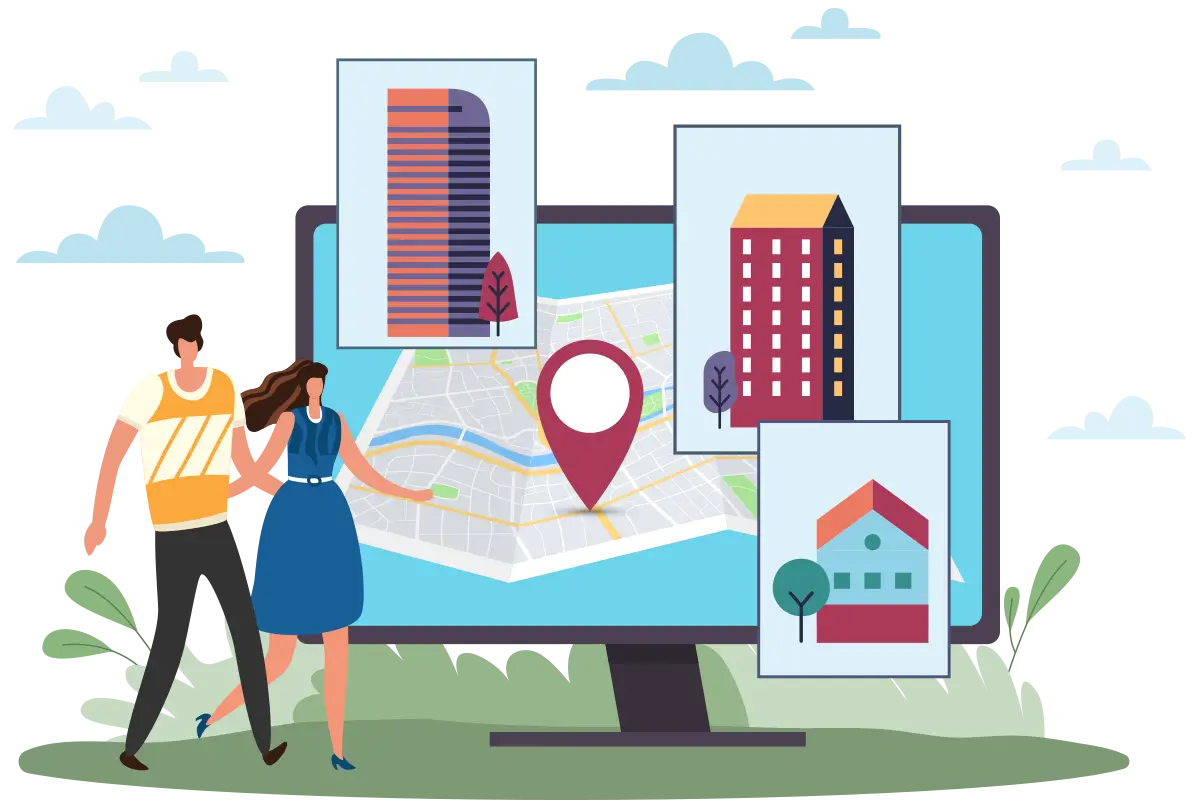
Want to give New York City / Manhattan a shot?
Use our friends at VRBO and Expedia to help get you going!

Living in New York City / Manhattan
Neighborhoods in New York City / Manhattan
View All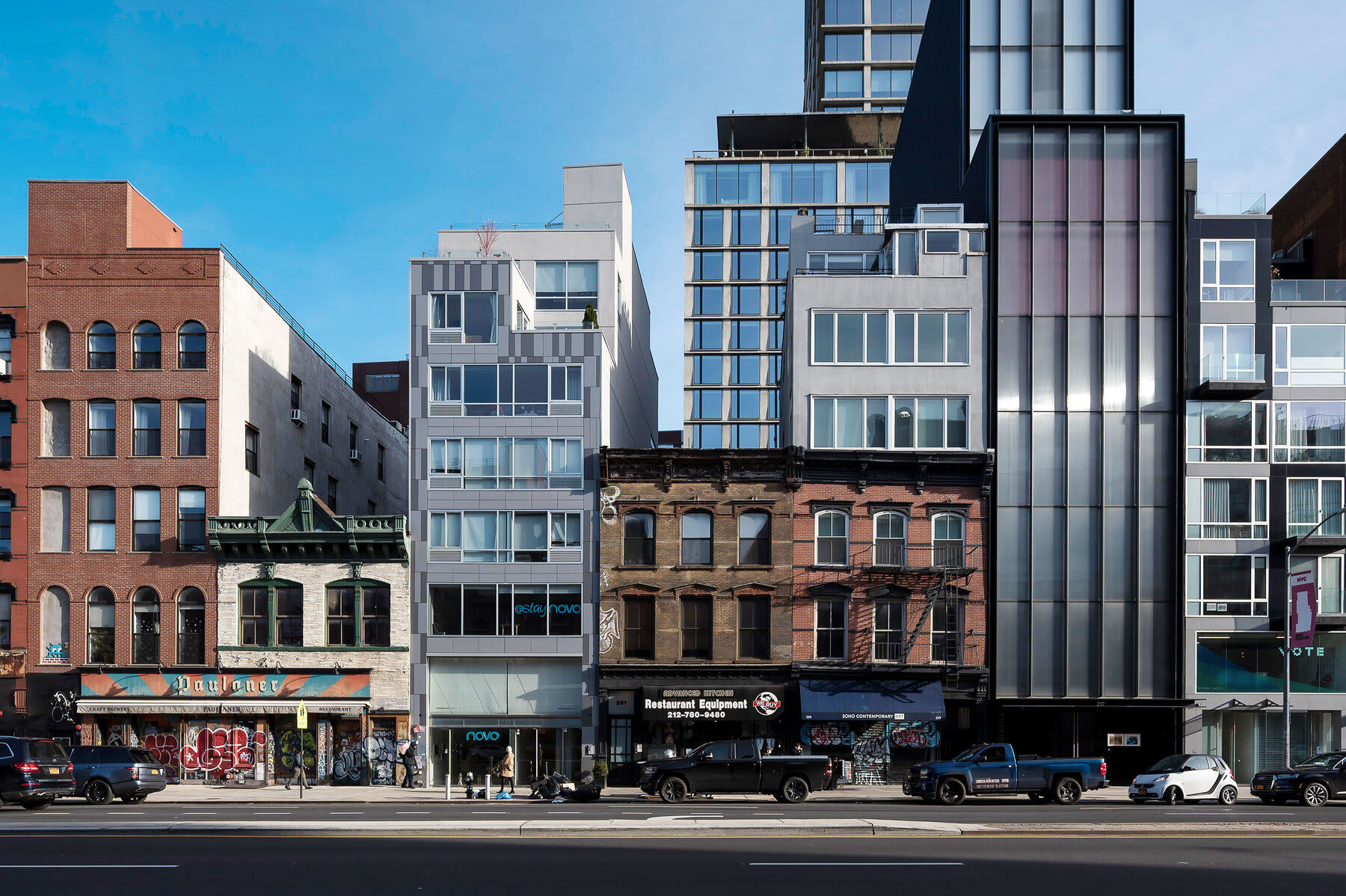
Lower East Side
Young Professionals
Speakeasies
The Lower East Side has blown up in recent years as it transitioned from an immigrant, working-class neighborhood to a popular spot for young professionals and students. The neighborhood used to be filled with “Bargain District” stores that are now swept away in favor of trendy boutiques and restaurants along tree-lined streets like Clinton. There are so many “speakeasies” in this neighborhood you’d think prohibition was still going on. With all the nightlife here, there are more tourists and young people around, but if you’re looking to find a great meal at any time of night, this is the place.
Since this neighborhood was one of the first to be developed in the city, the streets are narrower, and the buildings are packed together, with a mix of older walk-up apartments newer condo buildings, and emerging high-rise luxury towers. Compared to the East Village, this neighborhood may be a bit more grungy, but it’s also more affordable and has more subway stops. This neighborhood can be more chaotic, but it's full of history, and it's within walking distance to Chinatown, Alphabet City, and even Williamsburg if you’re near the bridge.
- Saigon Social
- Banzarbar
- Pig & Khao
City Corner
Calendar of Events & City Guide
Museums & Culture
The Metropolitan Museum of Art
Founded in 1870, The Met is often considered the best museum in New York City and it’s not hard to see why. With more than 2 million pieces of art spanning 5,000+ years, the Met is the largest museum in the country and the fifth largest museum in the world.The Museum of Modern Art
Home to world-renowned paintings like Vincent van Gogh’s The Starry Night, Claude Monet’s Water Lilies and notable works by Warhol, Basquiat, and Dali, MoMA was established in 1929 and played a significant role in developing (and collecting) modernist art.The American Museum of Natural History
Spanning all aspects of the natural world, the American Museum of Natural History is considered one of the greatest natural history museums in the world. Don’t miss the Hall of Ocean Life where you’ll have an opportunity to see a life-size model of a 94-foot blue whale — it’s an experience you (and your kiddos) won't forget.9/11 Memorial & Museum
NYC is full of historic places, but none more stunning than the 9/11 Memorial & Museum. It truly is one of the best museums in New York City and worth the visit, as long as you prepare yourself emotionally.Whitney Museum of American Art
Founded by a prominent socialite, Gertrude Vanderbilt Whitney, The Whitney is a representation of her love for art. It has been a beloved NYC institution for modern and contemporary American art since 1930 and includes work from Georgia O’Keeffe, Edward Hopper’s A Woman in the Sun, Robert Bechtle’s ’61 Pontiac, and Alexander Calder’s Circus.Lincoln Center for the Performing Arts
Lincoln Center is the cornerstone of New York City’s culture, consisting of a campus of 11 organizations focused on music, dance, and theatre. There are always concerts or plays to see or you can take a guided tour of Lincoln Center’s theatres.Carnegie Hall
Carnegie Hall's mission is to present extraordinary music and musicians on the three stages of this legendary hall, to bring the transformative power of music to the widest possible audience, to provide visionary education programs, and to foster the future of music through the cultivation of new works, artists, and audiences.
Transportation
If you can’t walk to your destination, mass transit is the next-best way to get around New York City. The City’s rail and bus system is run by the Metropolitan Transportation Authority (MTA) and known as MTA New York City Transit. It’s inexpensive, environmentally friendly and a great way to see sights throughout the five boroughs—and it operates 24 hours a day, seven days a week.
The MTA has introduced a new contactless payment system dubbed OMNY(One Metro New York) for all buses, subway trains and Roosevelt Island Tram stations. Card readers at stations or buses will accept credit, debit and prepaid cards; digital wallets from Google, Apple and Samsung; or wearables such as Apple Watch and Fitbit.
Health & Hospitals
NYC Health + Hospitals is the nation’s largest municipal healthcare delivery system in the United States dedicated to providing the highest quality healthcare services to all New Yorkers with compassion, dignity, and respect, and regardless of immigration status or ability to pay. Notable NYC hospitals include:
Mount Sinai
Mount Sinai is ranked nationally in 12 adult specialties and four children specialties and received “high performing” acknowledgments for 20 procedures. This facility ranked #1 in the nation in geriatrics care.New York Presbyterian Hospital-Columbia and Cornell
This NYC hospital also ranks at the top of the rankings. Ranked nationally in 14 adult specialties — including the #3 rank in psychiatry — and 10 children specialties, and ranked “high performing” in one adult specialty and 20 procedures and condition.NYY Langone Hospital
This hospital received national recognition for 13 adult specialties and three children specialties, is included in the honor roll, and was deemed “high performing” for 20 procedures and conditions, including cancer treatments. NYU Langone ranked #2 in endocrinology and diabetes care.
